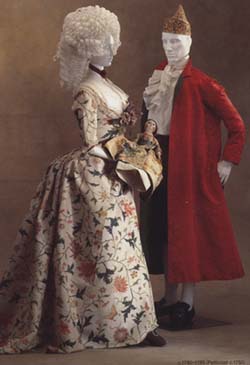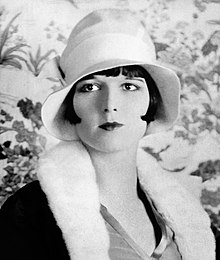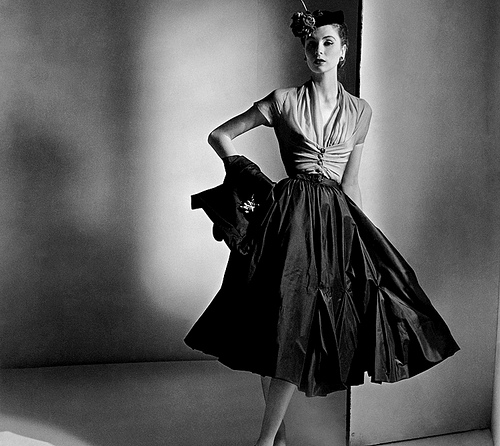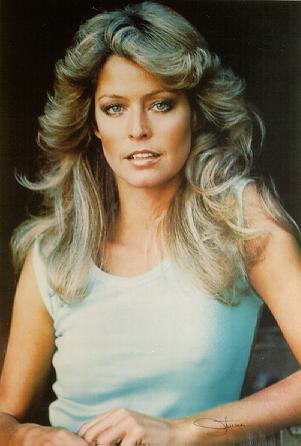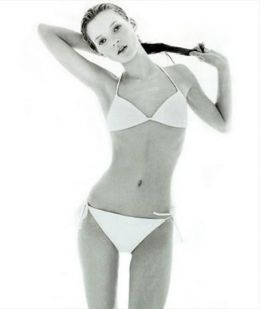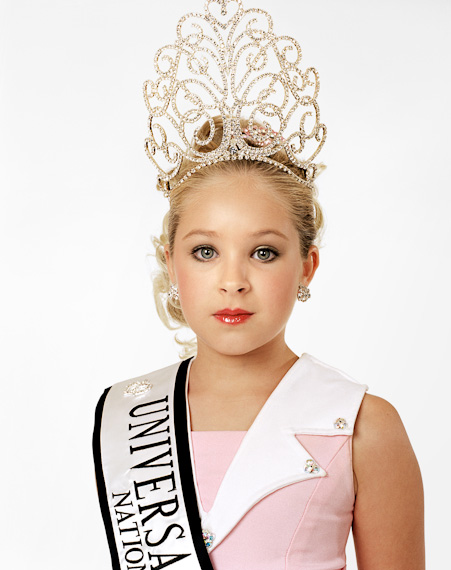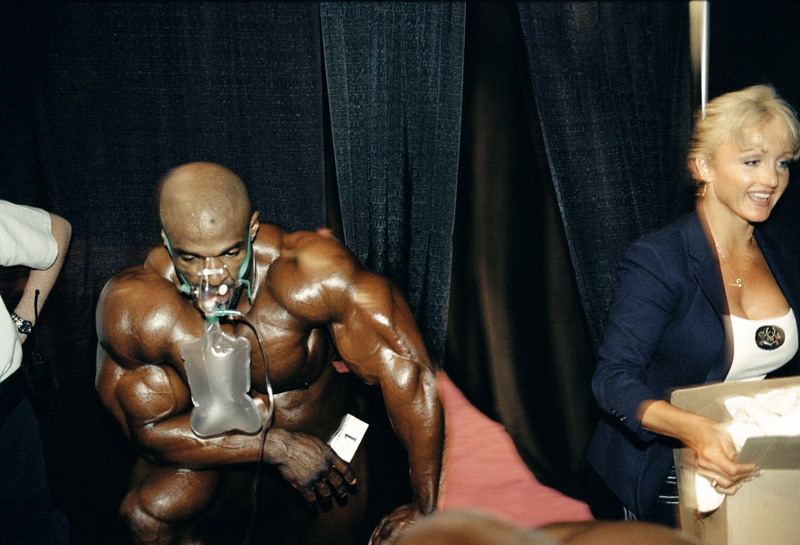 Japan
Japan
In the Far East, in Japan, a century old tradition offers an original beauty recipe treatment: nightingale droppings. These are transformed into a powder, mixed with soap and used as a face wash. The facial is supposed to make the face look young.Kayan Tribe
 The female members of the Kayan tribe (situated on the border between Burma and Thailand) have another ideal of beauty. Also known as “long necks”, they measure a woman’s beauty according to the brass rings wore around the neck. As they grow older they increase the number of rings which gives them an elongated neck appearance. They start this ritual as early as the age of 5 and their neck is absolutely transformed by the heavy rings. The elongated neck is a result of the pressure the rings put on their shoulders, clavicles and chest. The shoulders are being pushed down, that’s how the elongated neck appearance is achieved.
The female members of the Kayan tribe (situated on the border between Burma and Thailand) have another ideal of beauty. Also known as “long necks”, they measure a woman’s beauty according to the brass rings wore around the neck. As they grow older they increase the number of rings which gives them an elongated neck appearance. They start this ritual as early as the age of 5 and their neck is absolutely transformed by the heavy rings. The elongated neck is a result of the pressure the rings put on their shoulders, clavicles and chest. The shoulders are being pushed down, that’s how the elongated neck appearance is achieved.Indian
In India the long hair, the jewellery worn excessively especially at weddings, the coloured saris and the home made remedies take beauty to another level.Africa
Ethiopia - Karo tribe
 In Africa the idea of beauty varies from one side of the continent to the other. In Ethiopia, the women of the Karo tribe wear scars on their stomachs meant to attract a husband. The scarring process starts in childhood and once finished it means that the woman can get married and have children.
In Africa the idea of beauty varies from one side of the continent to the other. In Ethiopia, the women of the Karo tribe wear scars on their stomachs meant to attract a husband. The scarring process starts in childhood and once finished it means that the woman can get married and have children.Mauritania
 In Mauritania being skinny is definitely not a sign of beauty. Here a beautiful woman is a woman with curves…big curves. Nowadays forbidden, the gavage is in many cases the way of achieving a true, Mauritanian beauty. Through gavage young girls are being force fed in order to fatten them up. A “heavy” lady is more likely to be desirable and get a husband.
In Mauritania being skinny is definitely not a sign of beauty. Here a beautiful woman is a woman with curves…big curves. Nowadays forbidden, the gavage is in many cases the way of achieving a true, Mauritanian beauty. Through gavage young girls are being force fed in order to fatten them up. A “heavy” lady is more likely to be desirable and get a husband.Middle East
 In the Middle East beauty is sometimes not connected with what ones sees, but with one does not see, or with what one smells or catches a glimpse of. From the head to toe black covers women wear (called abaya) that sometimes reveal only the eyes, to the dark eye kohl pencil, henna tattoos, oud and coloured fabrics, scarves and jewellery.
In the Middle East beauty is sometimes not connected with what ones sees, but with one does not see, or with what one smells or catches a glimpse of. From the head to toe black covers women wear (called abaya) that sometimes reveal only the eyes, to the dark eye kohl pencil, henna tattoos, oud and coloured fabrics, scarves and jewellery. Polynasian
 The Polynesian women are considered to be beautiful if they wear traditional tattoos on their lips and on their chins.
The Polynesian women are considered to be beautiful if they wear traditional tattoos on their lips and on their chins.Western World
 In the Western World the standards are different; the means of achieving beauty are sometimes extreme as well. From plastic surgery, implants, hair extensions, hair colour to fitness, diet and cosmetics, the beauty has a different meaning. What ever nature has not given, the knife can solve. The Western ideal of beauty is a skinny, tall, good looking lady (90-60-90 if possible) with perfect teeth, perfect hair and perfect fashion. A 24 hour working lady if possible, who never complaints, who is up to date with the latest fashion trends, is a fighter, considers herself a “Superwoman” because she can achieve whatever she desires, all by herself.
In the Western World the standards are different; the means of achieving beauty are sometimes extreme as well. From plastic surgery, implants, hair extensions, hair colour to fitness, diet and cosmetics, the beauty has a different meaning. What ever nature has not given, the knife can solve. The Western ideal of beauty is a skinny, tall, good looking lady (90-60-90 if possible) with perfect teeth, perfect hair and perfect fashion. A 24 hour working lady if possible, who never complaints, who is up to date with the latest fashion trends, is a fighter, considers herself a “Superwoman” because she can achieve whatever she desires, all by herself.I don’t know which woman is more beautiful. I don’t know which one of the beauty rituals work and I definitely don’t know how one could compare the different types of beauty. One thing is certain: beauty is dictated by the places we live in, cultures we are a part of, traditions we are following.
All I’m saying is that diversity is beautiful and beauty is an individual, subjective concept.





